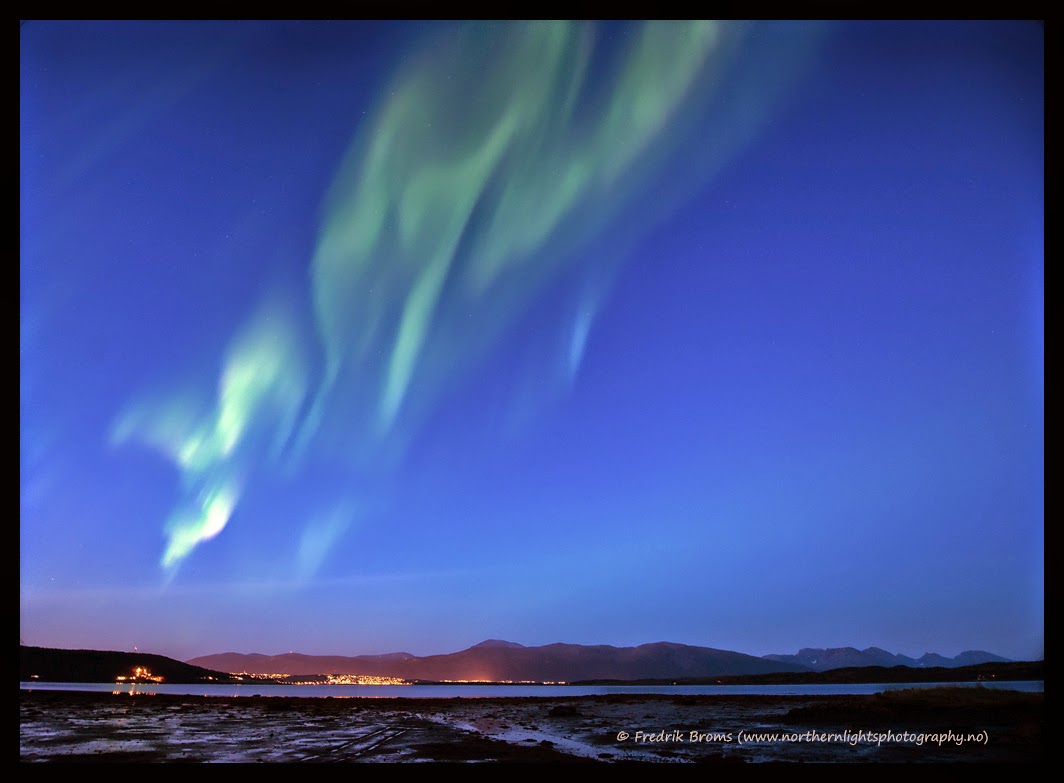Do you want to know how northern lights are created? Or do you maybe wish to learn a few tips on how to take you own aurora photos? Or learn when the chances are best of seeing auroras? Our new film, available on DVD, is telling the complete story of Northern Lights.
The 25 minute long documentary takes you on a
breathtaking journey through space. By using pedagogic top-quality animations
and spectacular solar imagery from NASA satellites it tells the full story of
the northern lights from myth and legends to modern science.
The film is packed with award-winning aurora photos as well as time-lapse sequences and includes tips about how
to take your own stunning aurora photos. The DVD contains brand new graphics and animations specially made for the documentary. In particular, the complicated process of how northern lights are created is made very easy to understand with the film's animations. See Trailer
The DVD is available in eight languages (English, Norwegian, German, French, Spanish, Italian, Japanese and Chinese) and is region free (PAL and NTSC).
Included is also the new bonus film: «The Aurora Empire - Guovssahas
riika». A five minute film that includes unique «real-time» video taken by
the experienced photographer Ørjan Bertelsen using new
super-sensitive camera equipment. The film also contains video from the
Hurtigruten Cruiseline. Original music by Herman Rundberg. See Trailer
To order the DVD, click here: DVD: The Northern Lights: A Magic Experience




























.jpg)





















